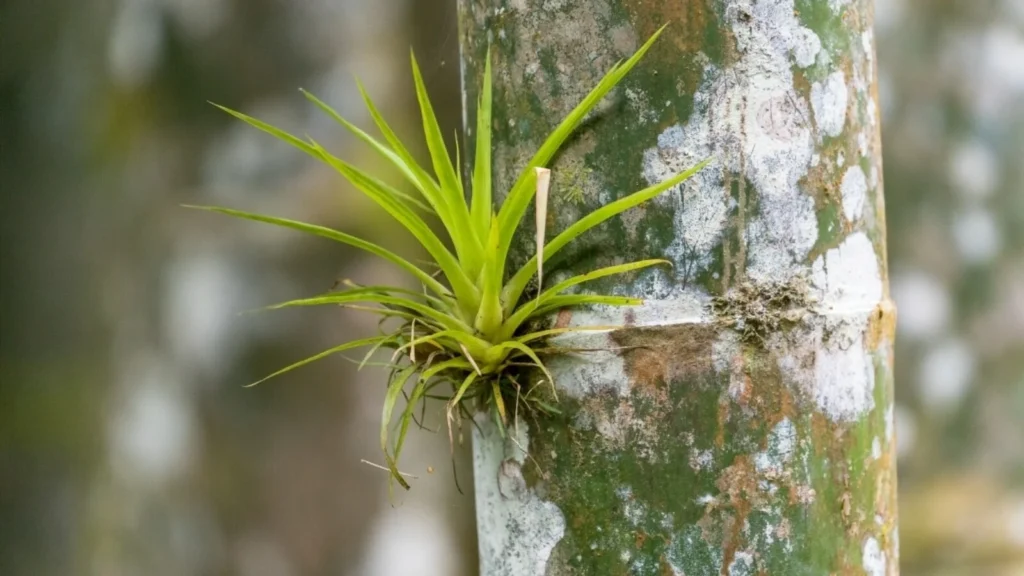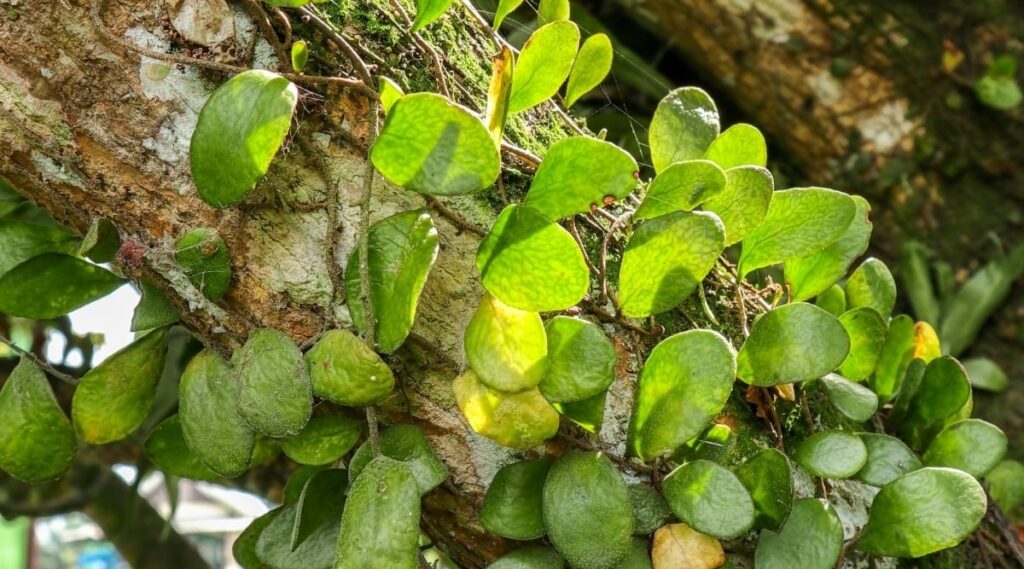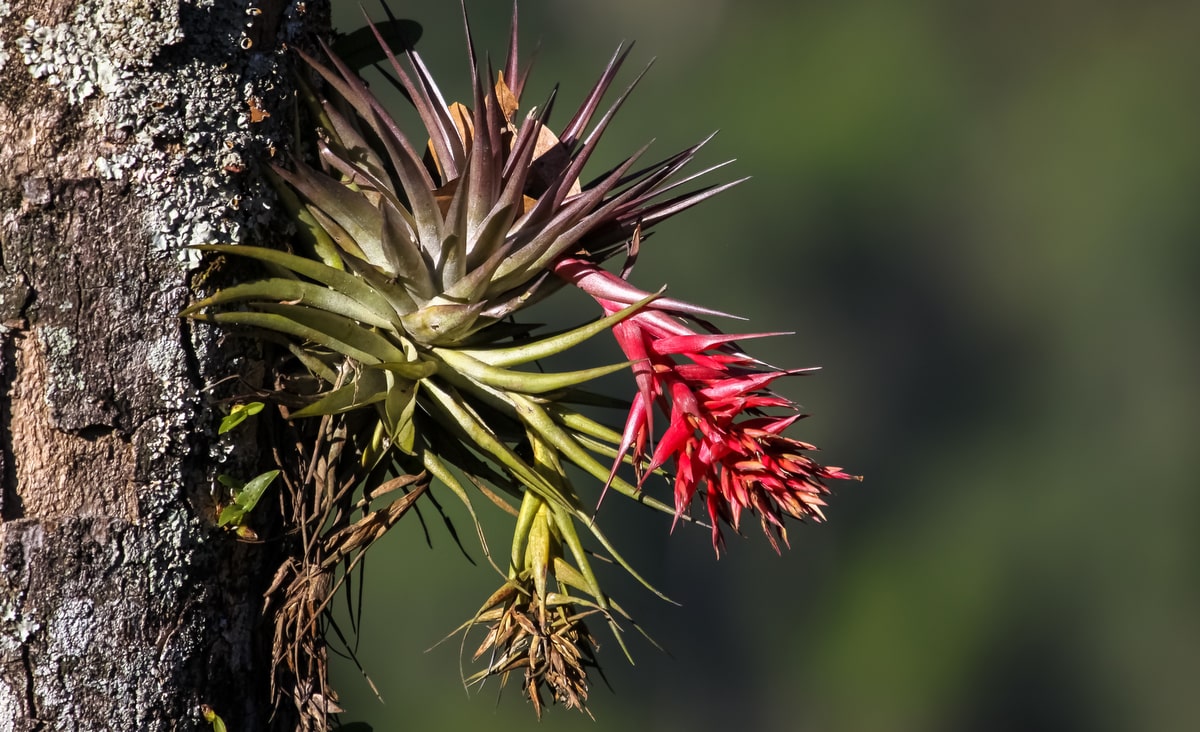Nature never ceases to amaze, and one of its most fascinating phenomena is the existence of trees that can grow on top of other trees. This rare occurrence challenges logic and demonstrates the incredible ways nature adapts to survive.
What Are Epiphytes?
The phenomenon of trees growing on other trees occurs because of epiphytes. The word epiphyte comes from Greek epi meaning “upon” and phyton meaning “plant.” In other words, epiphytes are plants that live on the surface of other plants, usually on large trunks or branches.
However, it’s important to note that epiphytes are not parasites. They don’t take nutrients from their hosts but instead use them merely as a perch to access sunlight, air, and moisture.
ALSO SEE : Dallol – Ethiopia “The Hottest Village in the World”

Examples of Trees That Can Grow on Other Trees
Some types of epiphytic plants can grow large enough to resemble small trees atop other trees. Examples include:
1. Banyan Tree (Ficus spp.)
Banyan trees are famous for their ability to sprout from tiny seeds lodged in the crevices of another tree’s branches. Their aerial roots eventually reach the ground, thicken, and slowly envelop the host tree. Over time, this process can completely overtake the host, earning the banyan its nickname the “strangler tree.”
2. Orchids and Bromeliads
Though smaller in size, these are true epiphytes. They grow high up on branches, anchoring themselves in bark crevices while absorbing moisture from the air and rainfall.
3. Bird’s Nest Fern (Asplenium nidus)
Commonly found growing on large tropical trees, this fern’s wide leaves form a bowl shape that collects rainwater and fallen debris creating natural compost for nourishment.
4. Strangler Fig (Ficus watkinsiana)
In tropical rainforests, this species starts life high in the canopy of another tree. Its roots descend toward the soil, eventually growing massive and taking over its host’s space over decades.

How Do They Survive?
Epiphytes survive through remarkable adaptations. They absorb water from rain and mist, while gathering nutrients from dust, decaying leaves, and organic matter that accumulate around their roots.
Some species even have specialized structures for storing water. For example, bromeliads form natural water reservoirs in the center of their leaves, providing habitats for microorganisms and small insects.
An Important Ecological Role
Though they may seem strange, these tree-dwelling plants play an essential role in maintaining forest ecosystems. They provide shelter for birds, insects, frogs, and small animals while helping to retain humidity within tropical rainforests.
In other words, this phenomenon is not just visually fascinating but also vital to the balance of life in forest environments.
Where Can These Trees Be Found?
Epiphytic trees are most commonly found in tropical rainforests with high humidity, such as:
- Indonesia (Kalimantan, Sumatra, Papua)
- The Amazon, South America
- Central Africa
- Mountain forests in Southeast Asia
In Indonesia, this phenomenon can be observed in national parks like Gunung Leuser and Ujung Kulon, where forest banyans and giant ferns intertwine in stunning natural harmony.
ALSO SEE :Mount Lewotobi Laki-Laki in Flores Erupts, Volcanic Ash Reaches 10 Kilometers into the Sky
Trees that grow on other trees are living proof that nature always finds a way to adapt and thrive. Through the remarkable epiphytic system, we learn that life doesn’t always need soil to grow only balance and a supportive environment.
This phenomenon is not only visually spectacular but also a symbol of nature’s interconnected harmony, where every form of life depends on another in perfect coexistence.





